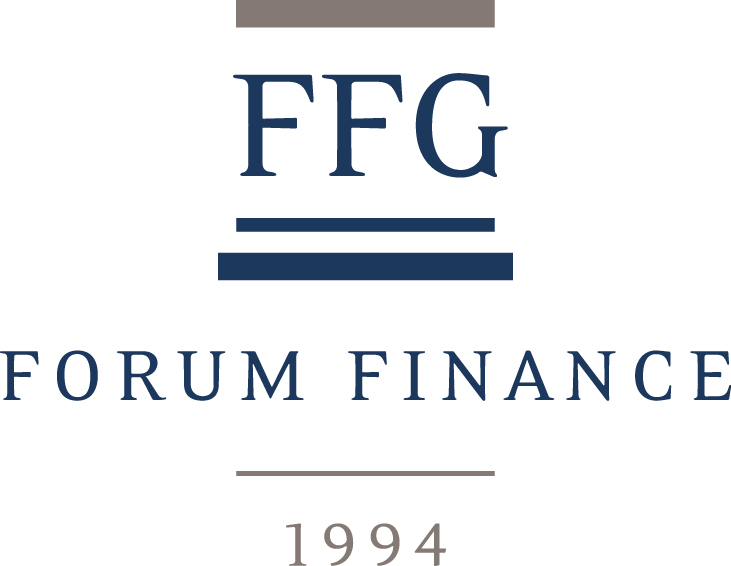Newsletter | November 2022
DEVELOPED MARKETS’ EQUITIES REBOUND BUT INVESTORS DUMP CHINESE EQUITIES
+ 7.1% THE PERFORMANCE OF THE MSCI WORLD IN OCTOBER
Investment perspective
Following a dreadful September, the month of October provided much welcome relief for investors thanks to a rebound of developed markets’ equities. One of the main drivers for this rally was the perception that key central banks might be getting closer to slowing the pace of their rate hikes following the decisions by the Bank of Canada and the Reserve Bank of Australia to raise interest rates by less than expected. The rise of equities was accompanied by a pause of the US dollar rally, tighter credit spreads, and an upwards move of the US yield curve. A significant underperformance of emerging market equities was also observed, as they recorded a monthly drop, largely as a result of Chinese equities plunging further from already depressed levels. In terms of investment style, Value outperformed Growth, and energy was the best performing sector, supported by rising oil prices. October also provided a much needed return to calm for UK assets after the replacement of Liz Truss, who became the shortest serving UK prime minister, by the former chancellor Rishi Sunak. The UK yield curve shifted down materially, with 2-year and 10-year Gilt yields dropping by 95bps and 58bps, respectively, whereas the pound recovered some of its recent losses.
With more than 80% of the S&P 500’s market cap having reported, earnings have beaten estimates by 3.6%, with 66% of companies topping projections. Earnings per share growth is on pace for 5.9%, assuming the current beat rate for the rest of the season. Even if the beat rate was inferior to those of the previous quarters, amid lowered earnings’ expectations, companies’ results proved to be supportive for equity markets overall. What was quite striking was that equity markets continued to rise even if the share prices of some of the US mega-caps, including Amazon, Alphabet, Microsoft and Meta, were badly hit by a set of disappointing reportings.
Investment strategy
At the time of writing this newsletter, the Federal Reserve has just announced another 75bps rate hike, as expected by the markets. What was less anticipated was the tone of Jay Powell’s press conference; equity markets had been rallying on the assumption that the Fed could be approaching the end of its hiking cycle and could even cut rates next year. Fed chair Powell made it clear that the US central bank still had work to do, and that real interest rates had to turn positive, implying that markets’ expectations were too optimistic in relation to future Fed fund rates. We were not in the camp expecting the Fed to turn more dovish, and this explains why we had not increased our equity exposure. In reason of the deterioration of the global economy, restrictive monetary policies, and a risk of further earnings’ downgrades, we have maintained our equity underweight.
It has been a disappointing month for Chinese equities, but we continue to believe that an exposure to the country still makes sense despite the ongoing headwinds. Overly cheap valuations, a significantly underweight positioning by foreign investors, and the prospect of some policy support are just some of the main reasons why we remain invested.
MARKETS HAD PINNED THEIR HOPES ON MORE DOVISH CENTRAL BANKS ONCE AGAIN
Portfolio Activity/ News
October was a positive month for the portfolios thanks to the rebound of developed markets’ equities. US and European Value funds, metal mining equities, the Healthcare fund, and US small caps provided the best contributions. The positive return of portfolios was, however, dented severely by the exposure to Chinese equities, and to those of emerging and frontier markets. The overall contribution of fixed-income was negative due to the declines of emerging market debt and the long duration investment-grade fund, even if convertible bonds did provide some positive returns. The overall contribution of the alternative exposure was neutral, with the recently added L/S US small cap fund continuing to perform well. For portfolios not denominated in USD, the depreciation of the US dollar was a detractor.
In October, we added a high yield bond fund to our list of approved funds. The particularity of this fund is that it is managed based on a fixed maturity approach, with the fund ending at the end of 2026. This means that all the underlying bonds will have maturities with a maximum of six months longer than the end of 2026.This approach is more defensive than a traditional bond fund, as risk factors such as credit risk, duration and volatility, decrease over time. We believe that the next months could provide a good entry point for the strategy, if credit spreads were to widen more.
Download the Newsletter
